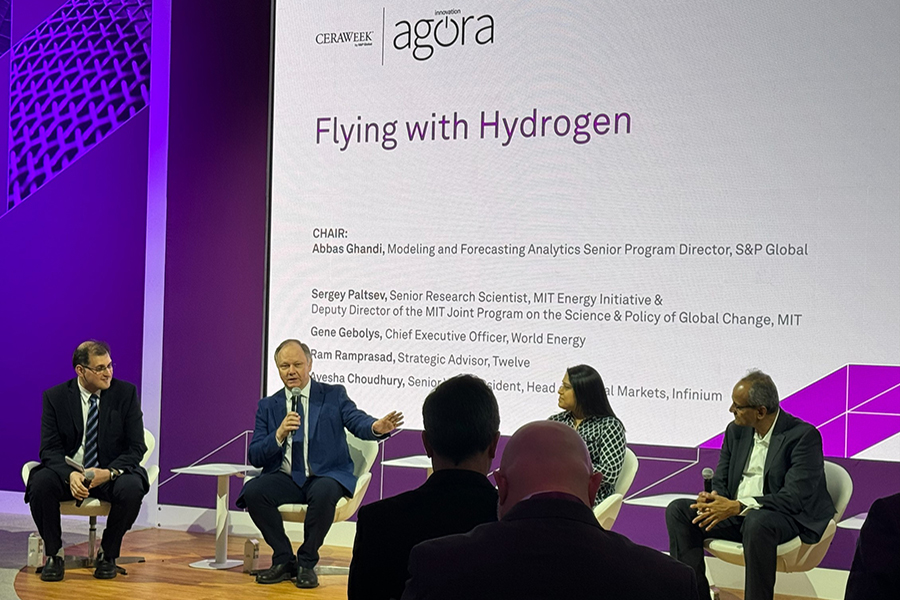
At the most recent United Nations Climate Change Conference (COP28) in Dubai last December, negotiators from nearly 200 countries and regions remained committed to the Paris Agreement’s long-term goal of keeping global warming below 1.5°C. But the world exceeded this target for most if not all of 2023, raising questions about both its feasibility and utility in global efforts to stabilize the climate.
One of four speakers at a March 19 session entitled “Is 1.5°C goal still relevant?” at CERAWeek, the world’s premier energy conference, Sergey Paltsev—deputy director of the MIT Joint Program on the Science and Policy of Global Change and a senior research scientist at the MIT Energy Initiative—urged decision-makers to simply focus on taking accelerated action to reduce greenhouse gas emissions. Paltsev noted that with every additional increment of global warming, the frequency and intensity of climate extremes will continue to rise; and with every reduction in warming, they will decline. He maintained that while bending the global emissions curve has proven to be challenging, an array of technology and policy options can be deployed to reduce the risk of dangerous climate impacts.
In a separate session on the use of hydrogen in aviation, Paltsev discussed the role of sustainable aviation fuels (SAF) in decarbonizing the aviation industry, highlighting the potential impact of hydrogen-based fuels and national and regional incentives, such as the U.S. Inflation Reduction Act and the EU's ReFuelEU. He compared the economics of different SAF options and emphasized that current regulations are paving the way for SAF adoption. But he cautioned that bringing SAF to a globally-competitive market may require different forms of government support for SAF producers, airlines and customers.
Photo: MIT Joint Program Deputy Director Sergey Paltsev speaks during CERAWeek “Flying with Hydrogen” session. (Source: Michelle Parece)

